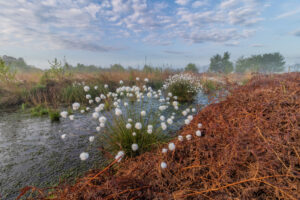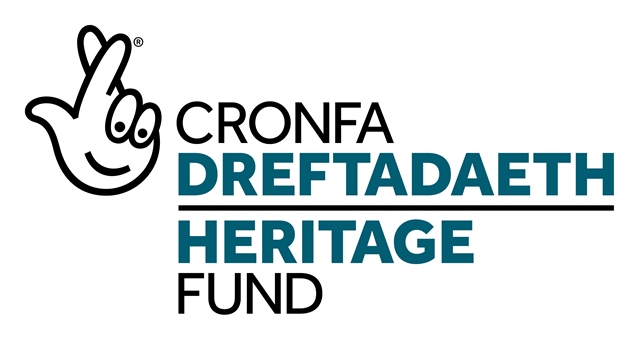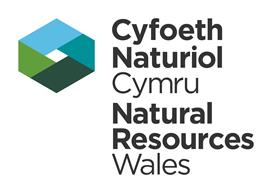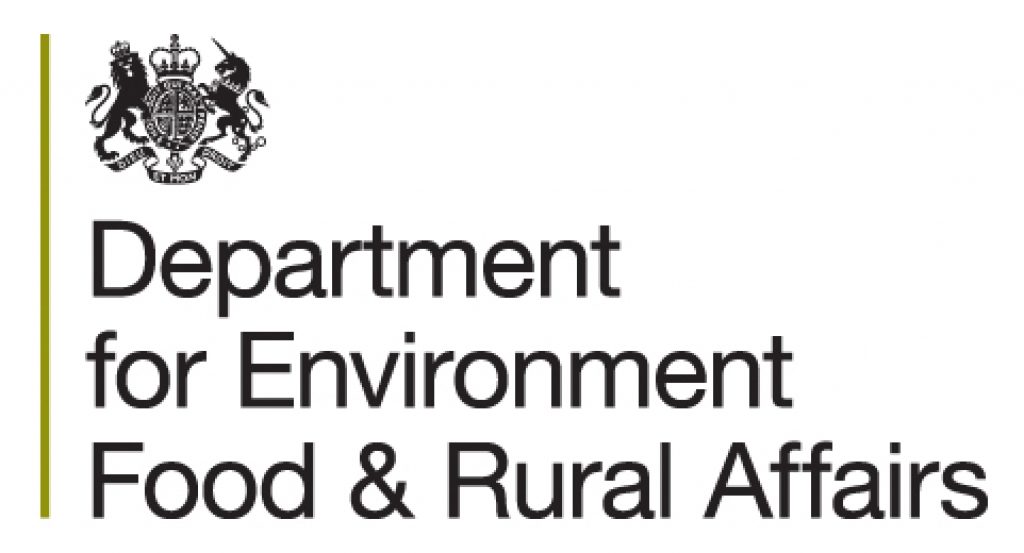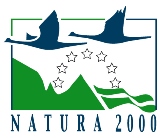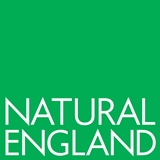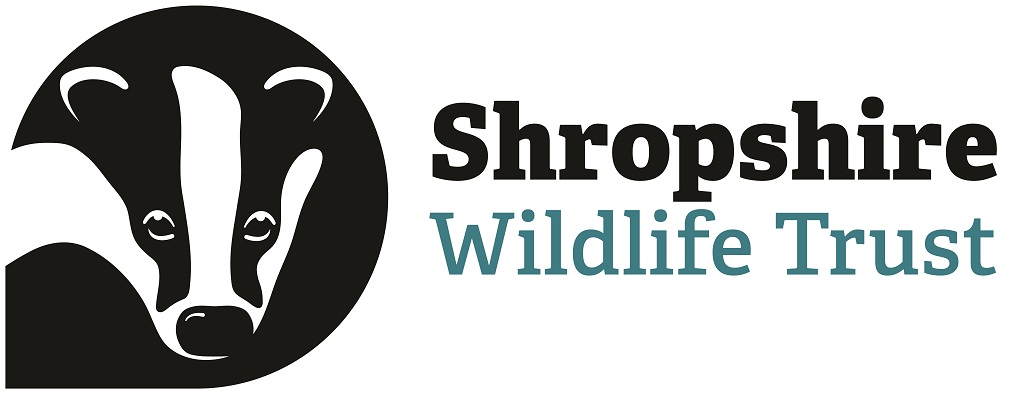The Mosses in a Nutshell
The Marches Mosses is a rare and precious habitat, full of life, a weapon in the fight against the climate crisis and an antidote to the stresses of modern life.

Note: Please be aware that any links on this page take you to third party websites.
- The Mosses cover 2,500 acres in north Shropshire and northeast Wales.
- They’re recognised as a UK National Nature Reserve (NNR), a Special Site of Scientific Interest (SSSI), an international Special Area of Conservation (SAC) and a Ramsar site of international wetland importance.
- After centuries of peat cutting that damaged much of the peatbog, it’s being regenerated by Natural England and Natural Resourse Wales, courtesy of a five-year, multi-million pound grant from the international BogLIFE group, along with funding from SWT and other private groups.
Helping to fight climate change

- The Fenn’s, Whixall and Bettisfield Mosses NNR holds 24 million tonnes of carbon.
- Healthy peat locks carbon in, holding more carbon, acre for acre, than woodland.
- But if peat is allowed to dry out, or cut for burning or garden compost, the carbon is released into the atmosphere as CO2, thus adding to the climate crisis.
- Peat is 90% water, making the Mosses a natural protection against flooding – slowing the flow downstream.
The Mosses are home to a wide range of wildlife, much of which can only thrive in the acidic wetlands of a peatbog.

Fauna to look out for on the Mosses include:
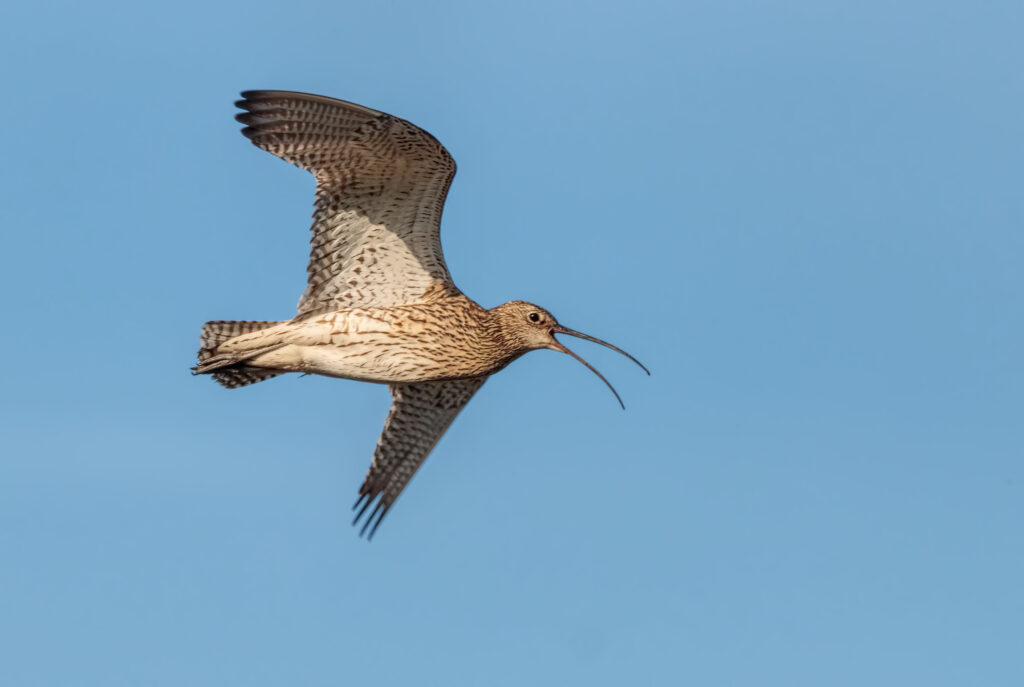
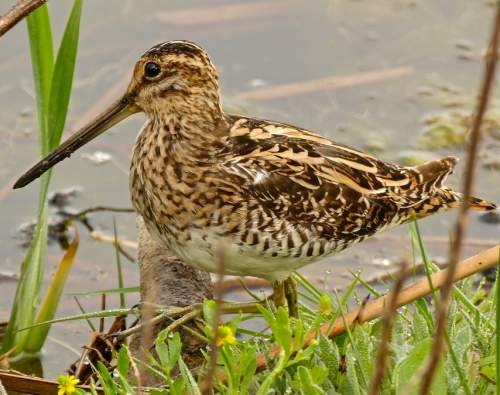
- Birds such as curlew, lapwing, hobby, short-eared owl and snipe, which has returned since regeneration, make their home on the Mosses.
- Curlew and lapwing can now nest more safely on the new bunding that holds water on the peatland, as higher up and surrounded by peat ponds.
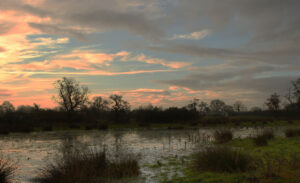
- The nearby Sinker’s Fields are a winter home of many bird species from Arctic areas: teal, wigeon, shelduck and shoveller ducks.
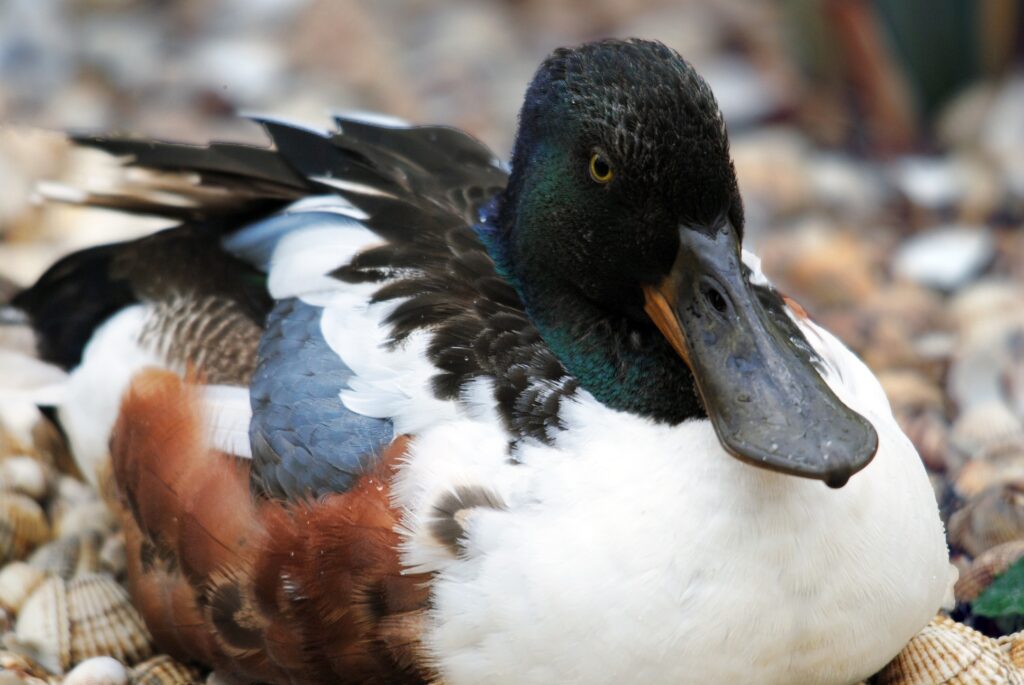
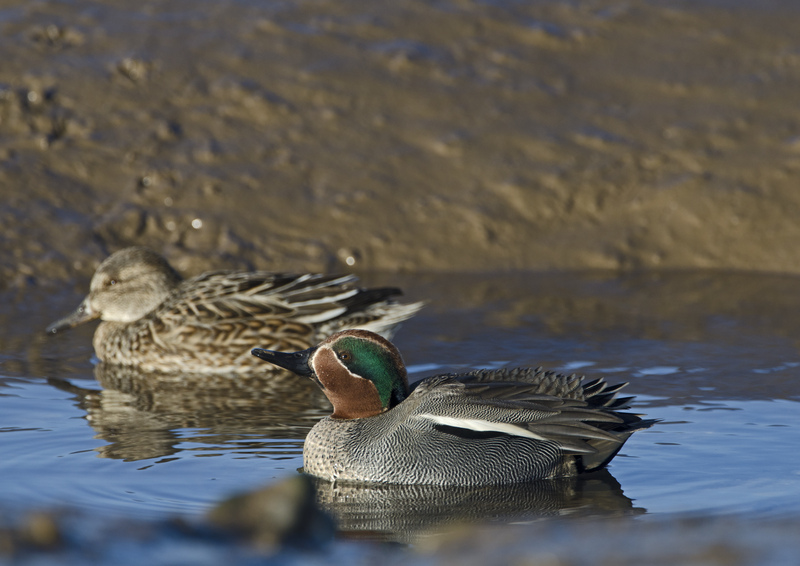
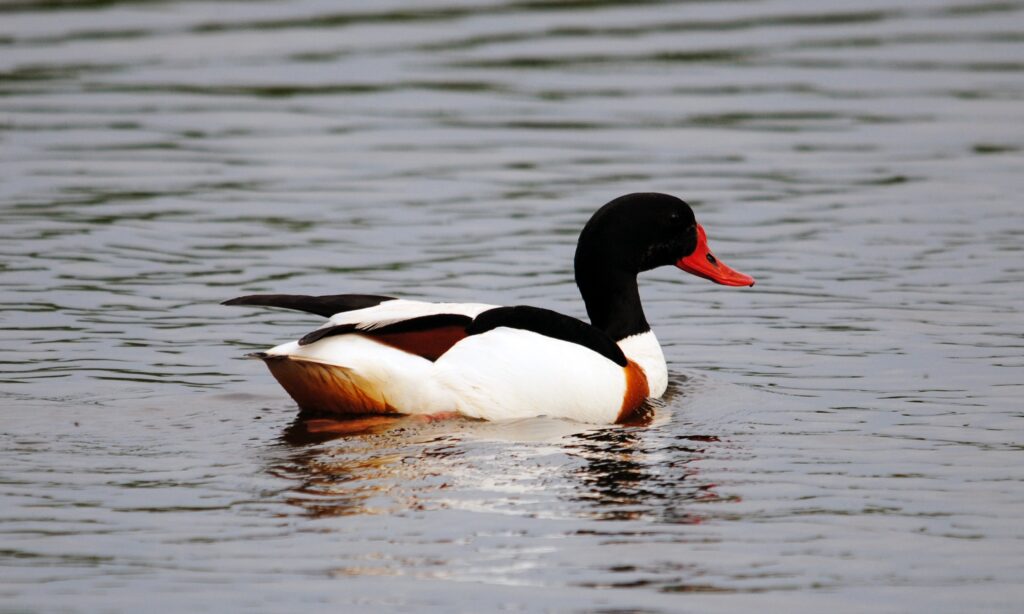
- The woodlands that thrive on the mineral (non-peat) soil around the peat itself are home to songbirds such as stonechat and spotted flycatcher.
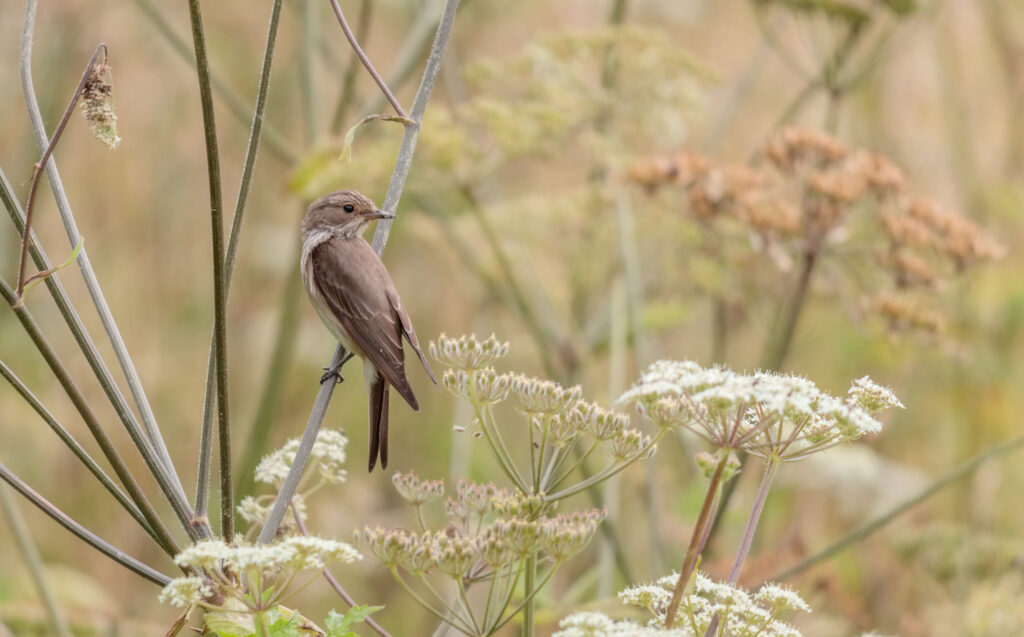
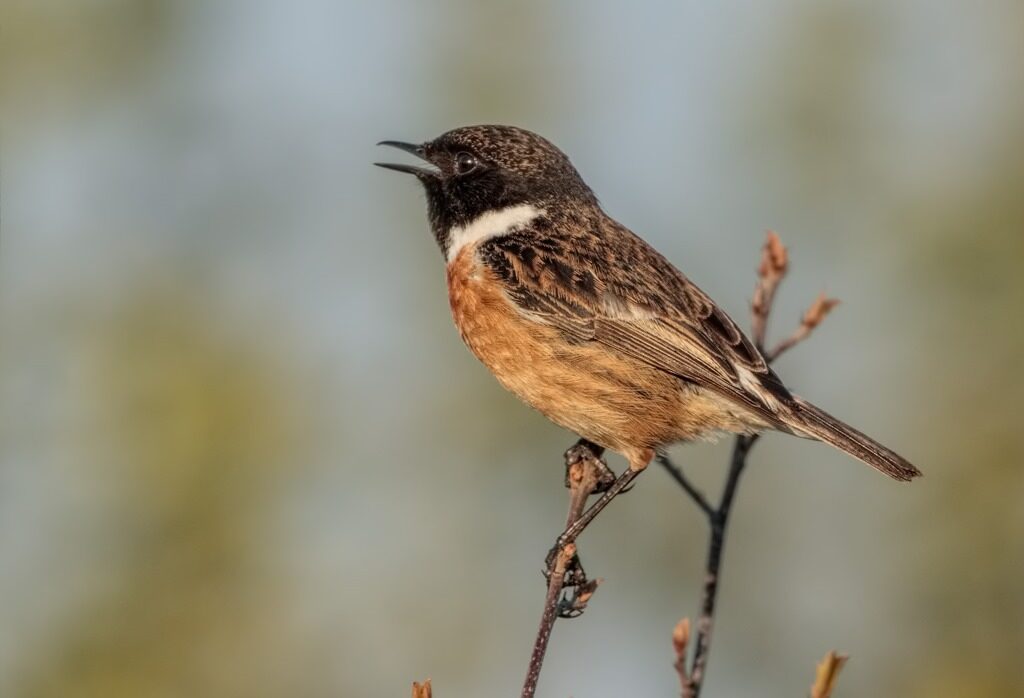
Photos by Stephen Barlow
- Butterflies: 27 species have been identified, including the large heath, which needs the acidic nature of the peatland.
- Moths: Over 500 species have been identified on the Mosses, including the very rare northern footman.
- Dragonflies and damselflies: With 26 species, that’s more than any other Shropshire location and includes the rare white-faced darter.
- Other invertebrates such as raft spider and the bright green tiger beetle make their home on the Mosses.
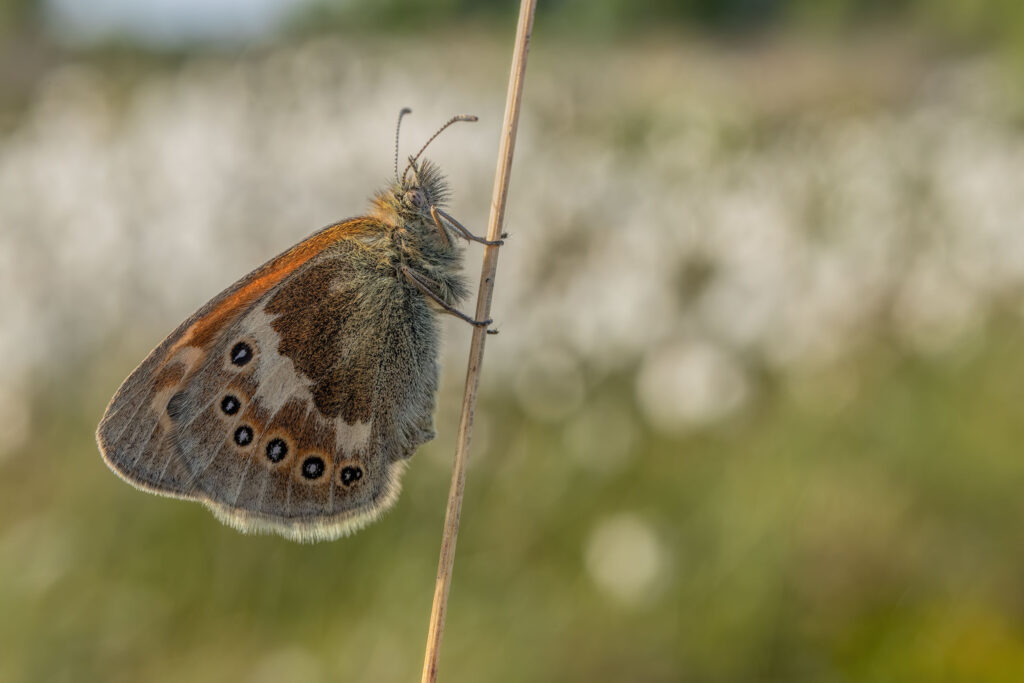
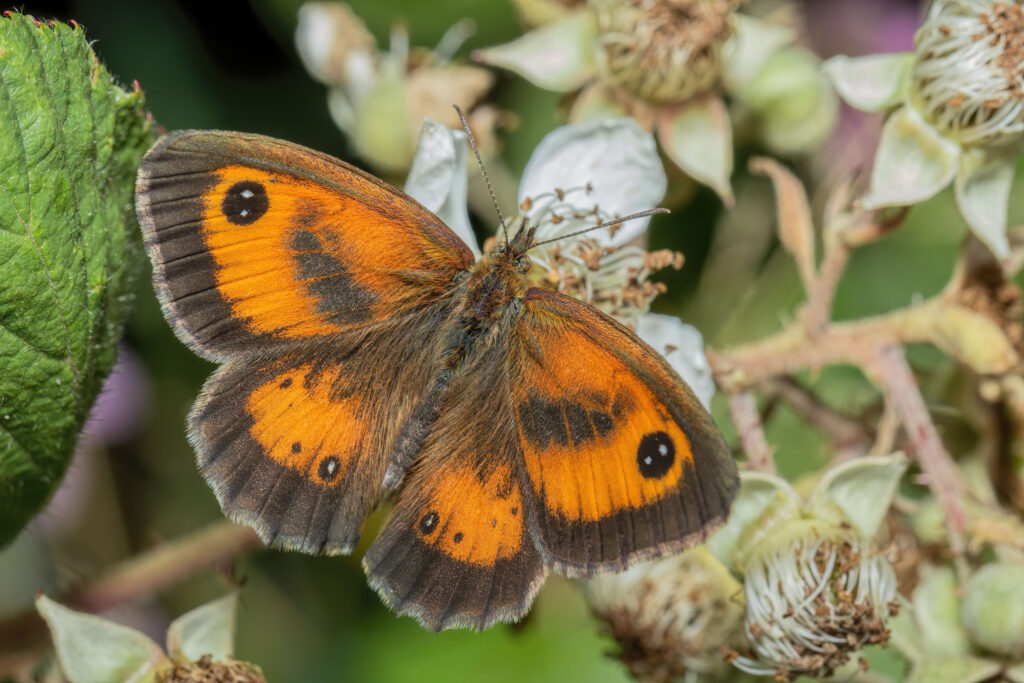
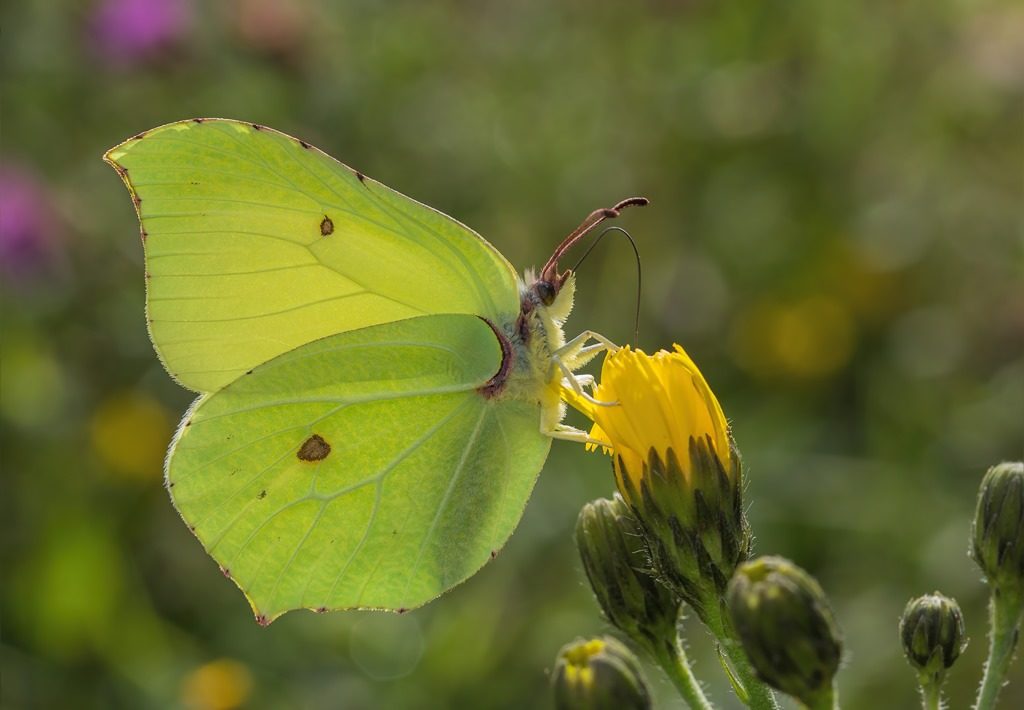
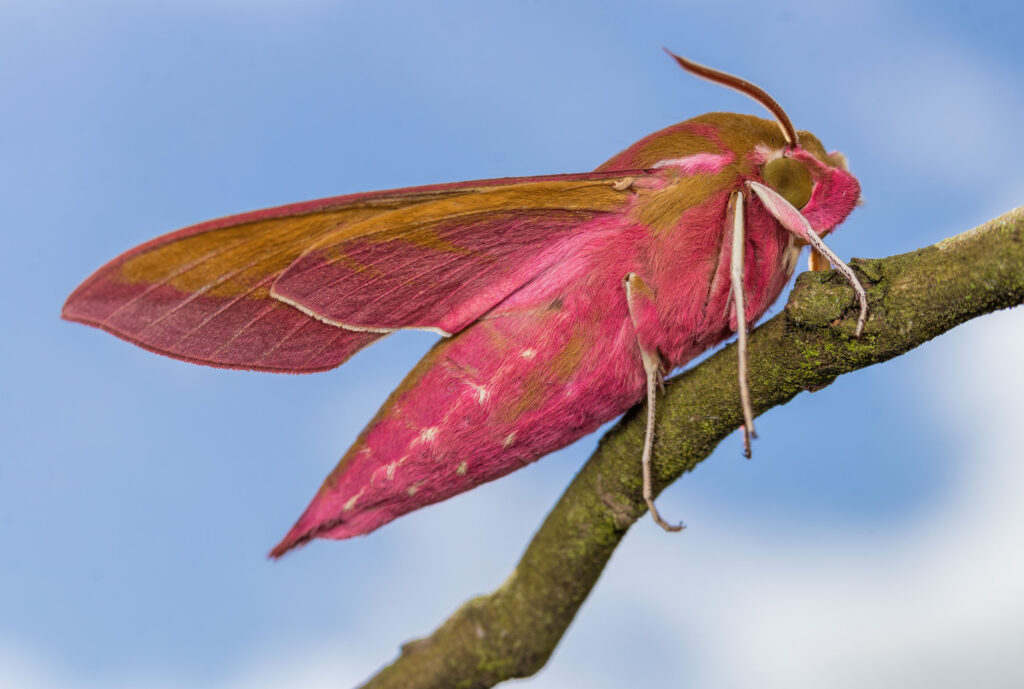
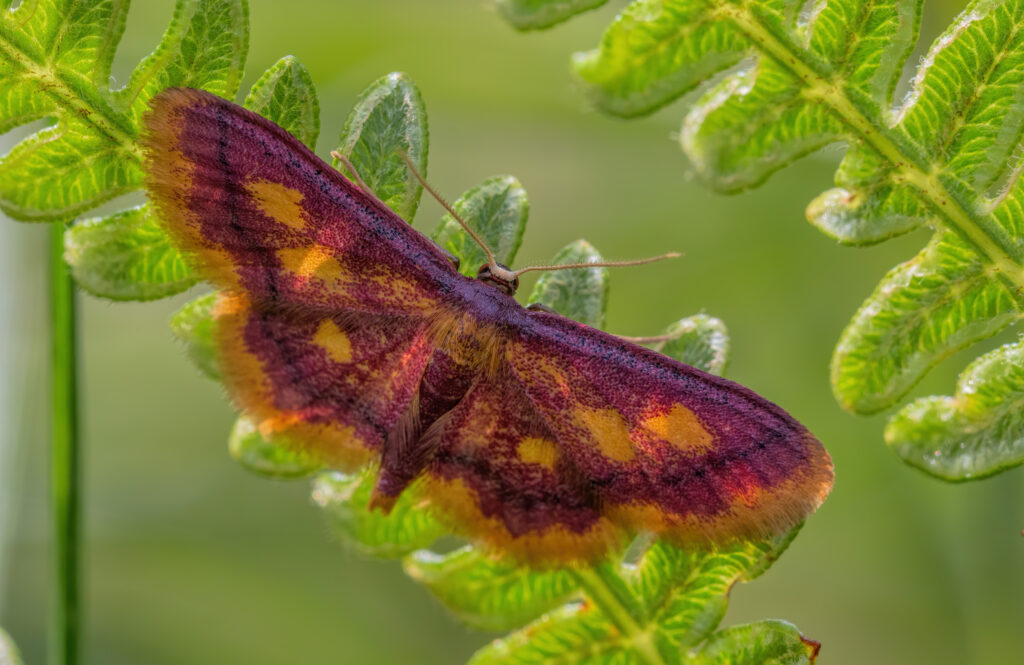
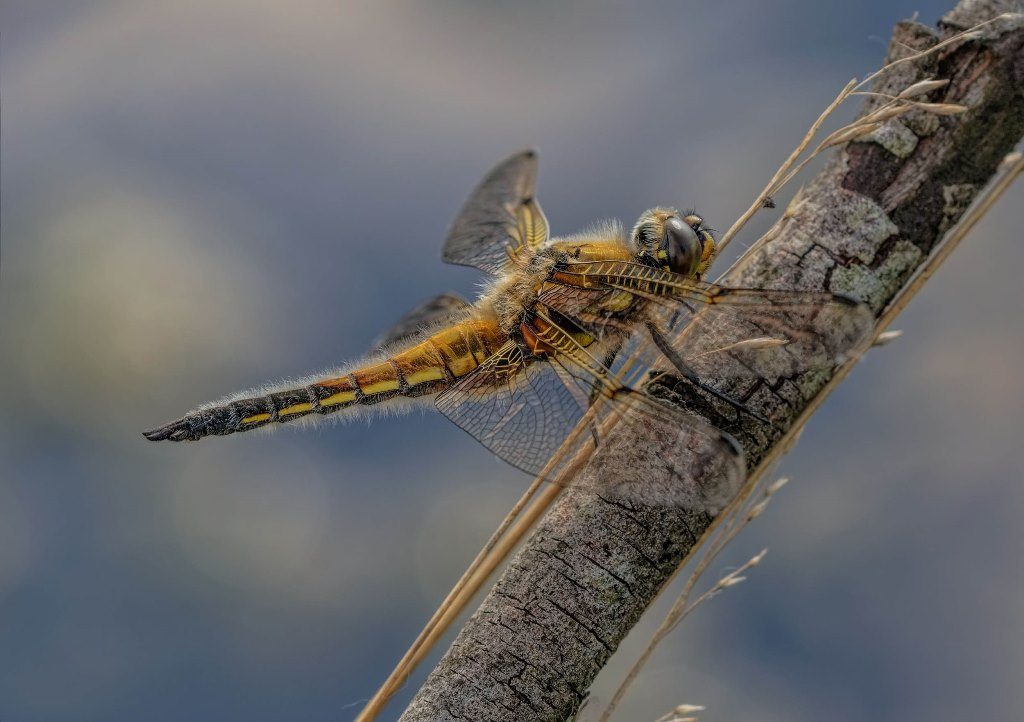

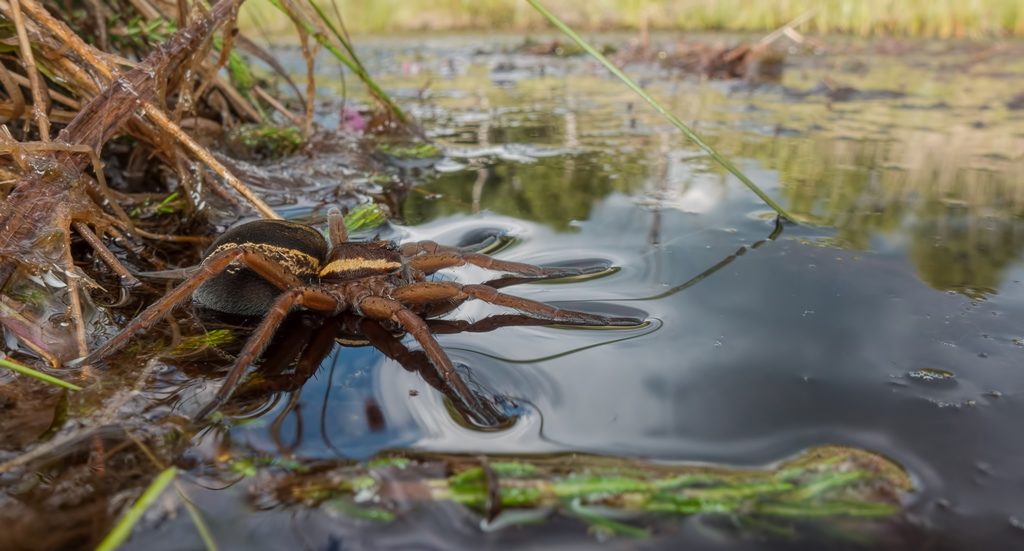
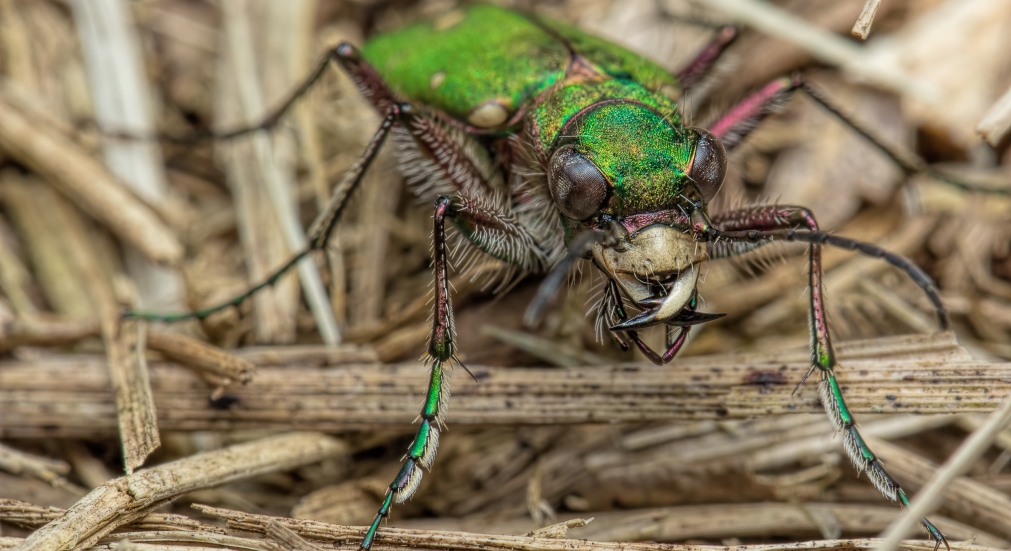
All photos by Stephen Barlow
Often, the flora on the Mosses are species that can only survive in the harsh environment of the acidic peatland, including:
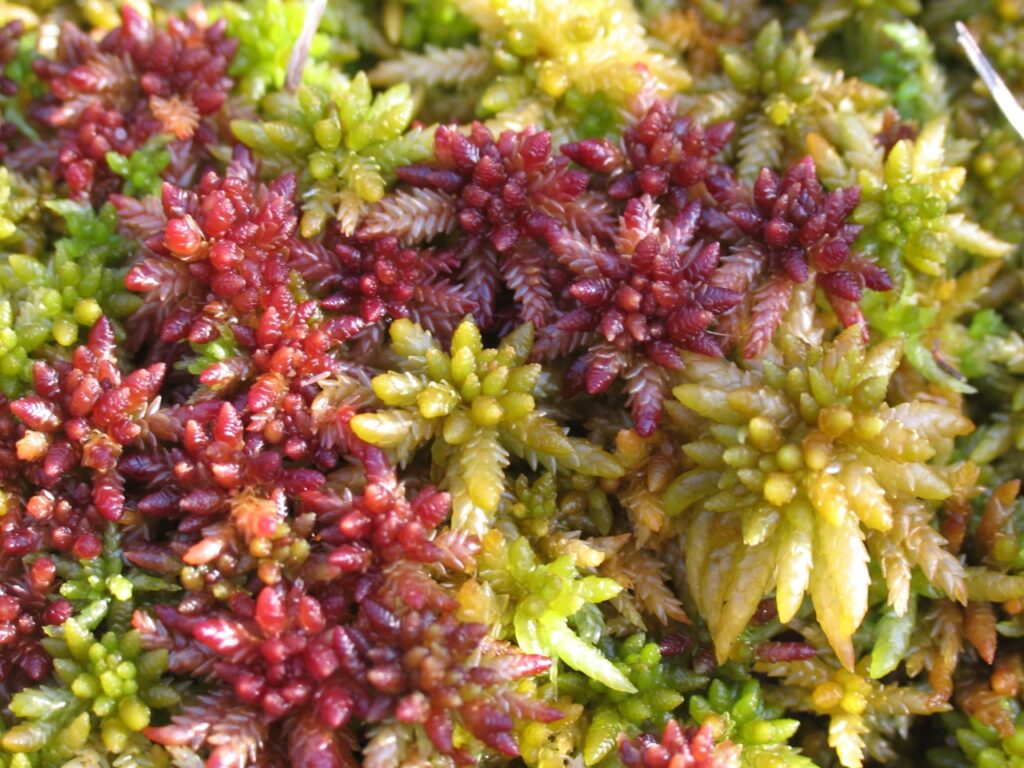
- Over 70 species have been identified of Sphagnum moss – the building block necessary for new peat growth.
- The rare moss Dicranum undulatum (“Waved fork moss”) has been found on the Mosses.
- Other plants include cranberry, crowberry and sundew, which thrive only in the acidic peatland.
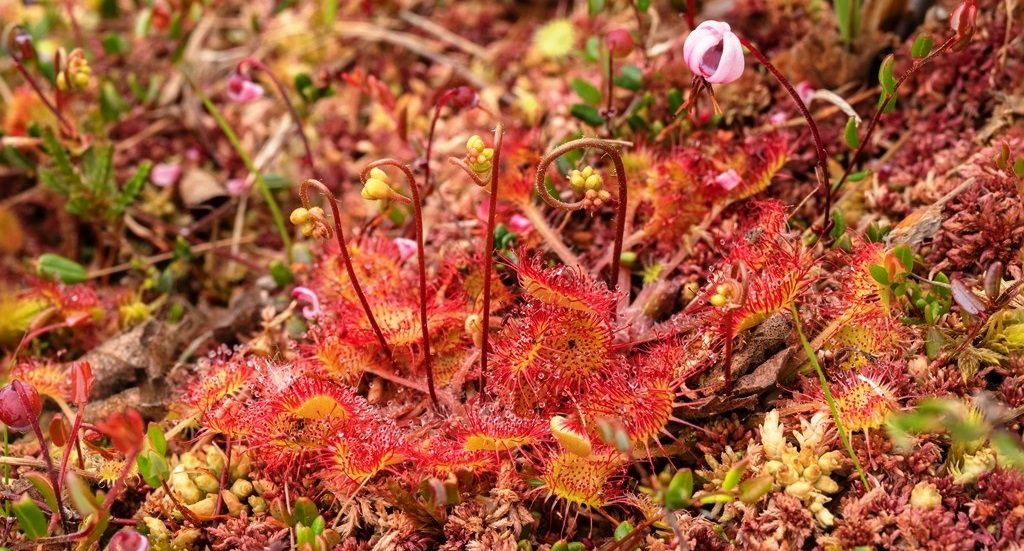
- Plants that grow around the drier edges of the Mosses include cotton grass, bog myrtle, bracken, molinia and heathers.
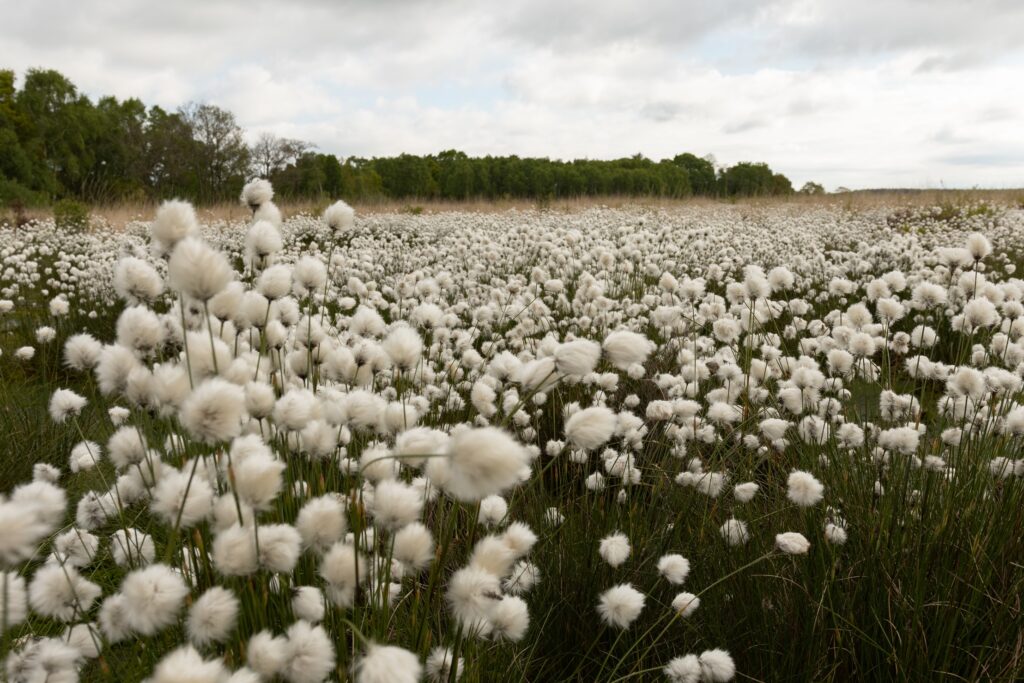
Health and wellbeing

- Marked trails around the Mosses, along with the disused railway pathway, are a great place to walk. These provide an opportunity to look at the wildlife of the Mosses and to take in the quiet, peaceful atmosphere of this special environment.
- Additional visitor facilities are around the mosses, such as the Mammoth Tower on the edge of the Mosses, which visitors can climb for a bird’s eye view of the amazing expanse and beauty of the Mosses. There is also a wheelchair accessible bird hide on the Charles Sinker Fields.
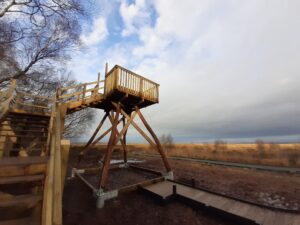
At first glance, the Mosses might seem austere, even barren, but with a bit of patience – or just standing still to watch and listen – the magic and mystery of the Mosses comes to life around visitors.
